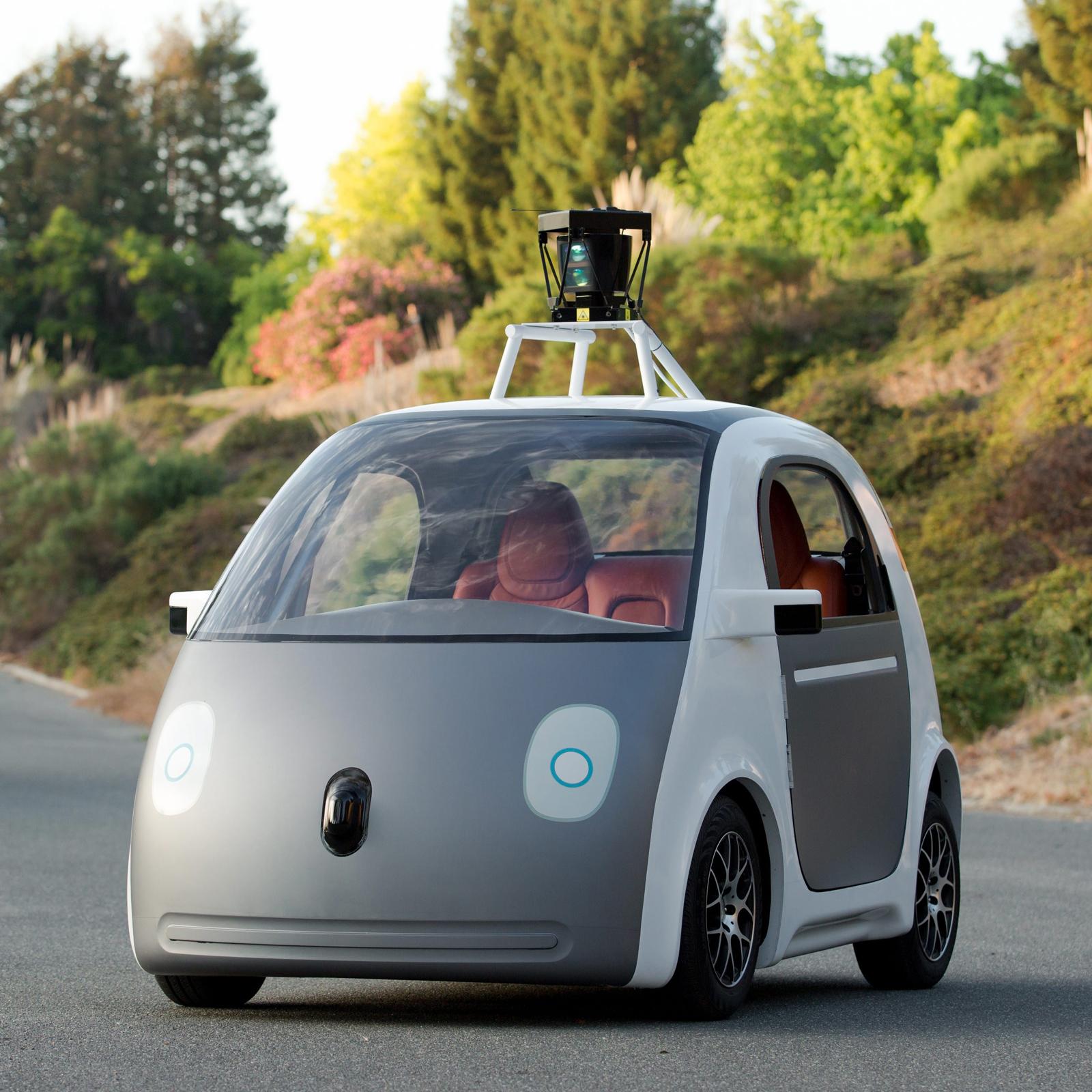The Rise of Autonomous Delivery Robots
Autonomous delivery robots are becoming increasingly common in cities around the world. Powered by advanced artificial intelligence and navigation systems, these robots are able to navigate sidewalks, crosswalks and roads while delivering goods directly to customers without any human interaction. While still in the early stages, autonomous delivery robots represent a transformation in how goods are delivered that could significantly change our cities and commerce.
A Glimpse into the Future of Delivery
Many companies are developing and testing autonomous delivery robots with the goal of launching large-scale commercial operations within the next few years. For customers, Autonomous Delivery Robots promise many benefits such as receiving deliveries directly to their doorstep much faster than traditional delivery methods. Customers will be able to order goods online and have the robot deliver packages within the hour without any human driver involvement. Some benefits touted by robot delivery companies include reduced costs, lower carbon emissions, increased delivery efficiency and reduced traffic congestion.
For retailers and online merchants, autonomous delivery robots open up new possibilities for on-demand and just-in-time delivery models. Robots will allow merchants to safely transport goods over short and medium distances in urban areas at much lower costs than human drivers while still providing the flexibility and speed of on-demand deliveries. Retailers will be able to offer delivery within 30 minutes or less of an order being placed and dramatically increase the capacity for making urban deliveries. This would allow e-commerce to further penetrate local markets in cities.
Major Logistical Challenges Remain
While autonomous delivery robots represent a promising glimpse into the future of urban logistics and e-commerce fulfillment, there are still major technological and logistical challenges that must be solved before widespread commercial operations become a reality. Chief among these challenges are ensuring the robots can safely and reliably navigate busy urban environments. Cities present a far more complex driving environment than controlled testing areas with many unpredictable variables like pedestrians, cyclists, vehicles and road conditions that autonomous vehicles have not mastered navigating alone yet.
Additional challenges include developing robots that can handle differing weather conditions, securely transporting goods short and long distances, handling payments and exchange of goods without human intervention, and securely operating fleets of robots in coordination. Regulators will need to establish guidelines for how and where autonomous robots can legally travel. Public acceptance is another potential hurdle as people may initially view delivery robots on sidewalks as unusual or obstructing. Overall system reliability will need to be extremely high before companies can trust fleets of expensive robots to delivery goods without human oversight. Solving all of these challenges will require significant advancements in robotics, AI and overall autonomous vehicle technology.
Pilots in Cities Around the World
While large scale commercial autonomous delivery is still in its infancy, several pilot programs have launched or planned in cities around the world to help advance the necessary technologies and gain operational experience. In San Francisco, Starship Technologies has conducted extensive testing of its six-wheeled delivery robots. Dozens of robots are now making autonomous deliveries of food and goods in a few San Francisco neighborhoods on public sidewalks under close human supervision. The company aims to launch fully autonomous commercial operations by 2021 in multiple cities.
Another major pilot is underway in Cambridge, UK where Starship robots make over 1,000 food and grocery deliveries per week. In Boston, Pudu Robotics unveiled plans for a pilot with 300 delivery robots making food and package deliveries on college campuses and dense urban areas. Several other smaller pilots and tests have occurred in cities like Washington D.C., Toronto and Brisbane with robots from companies like Nuro, Boxbot and Dispatch. Meanwhile in Europe, Wayve has been testing autonomous delivery vehicles on public roads in the UK and robot company Anthropic recently conducted a pilot in Paris suburbs. These pilots help improve technology while acclimating the public to the idea of robots bringing them goods.
Future Outlook and Impact
While autonomous delivery robots are still in pilot phases, most analysts expect large scale commercial operations to begin within the next 3-5 years provided technology continues advancing at a rapid pace. Once regulations are established to allow for unsupervised operation, retailers and delivery companies will have strong economic incentives to replace human drivers with fleets of low-cost autonomous robots. This would significantly lower the costs of last mile deliveries and environmental impact compared to gas-powered vehicles. Studies estimate replacing 30% of US delivery vehicles with electric robots would save over $50 billion annually while eliminating thousands of tons of emissions.
As autonomous delivery robots become common in dense urban areas, they will undoubtedly transform how local commerce functions and impact cities themselves. Sidewalks may need modifying to better accommodate robot traffic. New businesses like robot maintenance depots and charging stations could emerge. Traffic congestion from delivery vehicles may decrease. Public space usage could change as robots bring goods directly to people's doorsteps. Overall, autonomous delivery robots represent the next wave of innovations that will continue revolutionizing urban mobility, logistics and commerce over the coming decade. While still an emerging technology, autonomous delivery is poised to profoundly impact how we get goods whenever and wherever we need them.
Get more insights on this topic :
